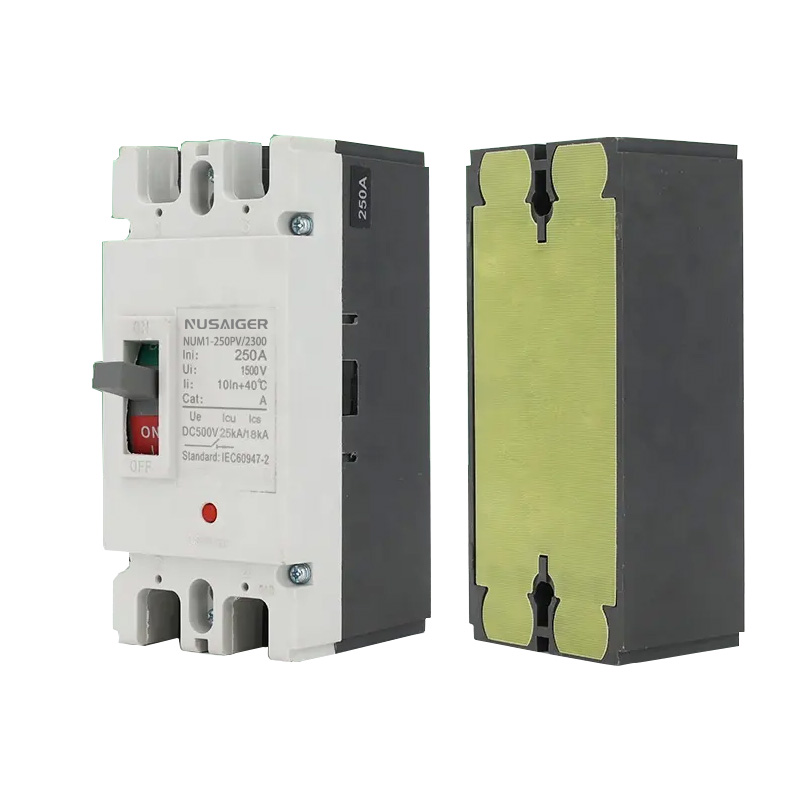Innovations and Future Developments in DC Molded Case Circuit Breakers for Renewable Energy Systems
1. Introduction to DC MCCB Innovation
The growing demand for renewable energy systems has driven rapid advancements in DC molded case circuit breakers (MCCBs). Innovations focus on enhancing safety, reliability, ease of integration, and system monitoring, addressing challenges unique to DC power and renewable energy sources.
2. Smart Breakers with Integrated Monitoring
Modern DC MCCBs increasingly incorporate sensors and communication modules to provide real-time monitoring of current, voltage, temperature, and trip events. These “smart breakers” enable predictive maintenance, remote diagnostics, and integration with building management systems (BMS) or SCADA platforms.
3. Advanced Arc Quenching Technologies
Innovative arc chute designs and magnetic blowout coils improve arc suppression efficiency, reducing wear and increasing the interrupting capability under DC load. Materials with higher heat resistance and improved insulation extend device lifespan and safety margins.
4. Modular and Compact Designs
Space-saving breaker designs with modular components facilitate easier installation and maintenance in tight combiner boxes and battery racks. Modular trip units allow customization and rapid replacement, minimizing downtime.
5. Enhanced Safety Features
New models feature improved lockout/tagout capabilities, touch-safe terminals, and arc flash resistant housings. Integration with arc-fault detection devices (AFDDs) is becoming standard in PV and energy storage installations to prevent fires.
6. Integration with Energy Management Systems
Smart DC MCCBs can communicate via Modbus, CANbus, or Ethernet protocols, providing valuable data for energy management, load balancing, and fault detection. This integration enhances system efficiency and grid stability.
7. Impact of Regulatory and Grid Code Developments
Regulations are evolving to require more sophisticated protection and monitoring in renewable energy systems. Compliance with emerging grid codes drives development of breakers with dynamic trip curves, fault ride-through capabilities, and adaptive protection settings.
8. Environmental Considerations and Sustainability
Manufacturers are adopting eco-friendly materials and manufacturing processes. The recyclability of MCCB components and reduction in hazardous substances align with global sustainability goals.
9. Case Study: Deployment of Smart DC MCCBs in a Utility-Scale Solar Plant
A recent 150 MW solar farm deployed smart DC MCCBs with integrated fault analytics and remote control. The system reduced maintenance visits by 30%, improved fault response times, and enhanced overall plant uptime.
10. Challenges and Future Research Directions
Key challenges include miniaturization of components without compromising interrupting capacity, improving arc fault detection sensitivity, and developing standardized communication protocols across manufacturers. Ongoing research focuses on novel materials and AI-driven fault prediction.
11. Conclusion
The future of DC molded case circuit breakers lies in intelligent, safer, and more adaptable devices that meet the growing demands of renewable energy systems. Staying abreast of innovations is essential for engineers and system designers aiming to build reliable and sustainable energy infrastructures.



